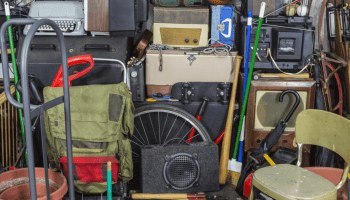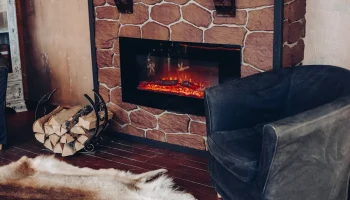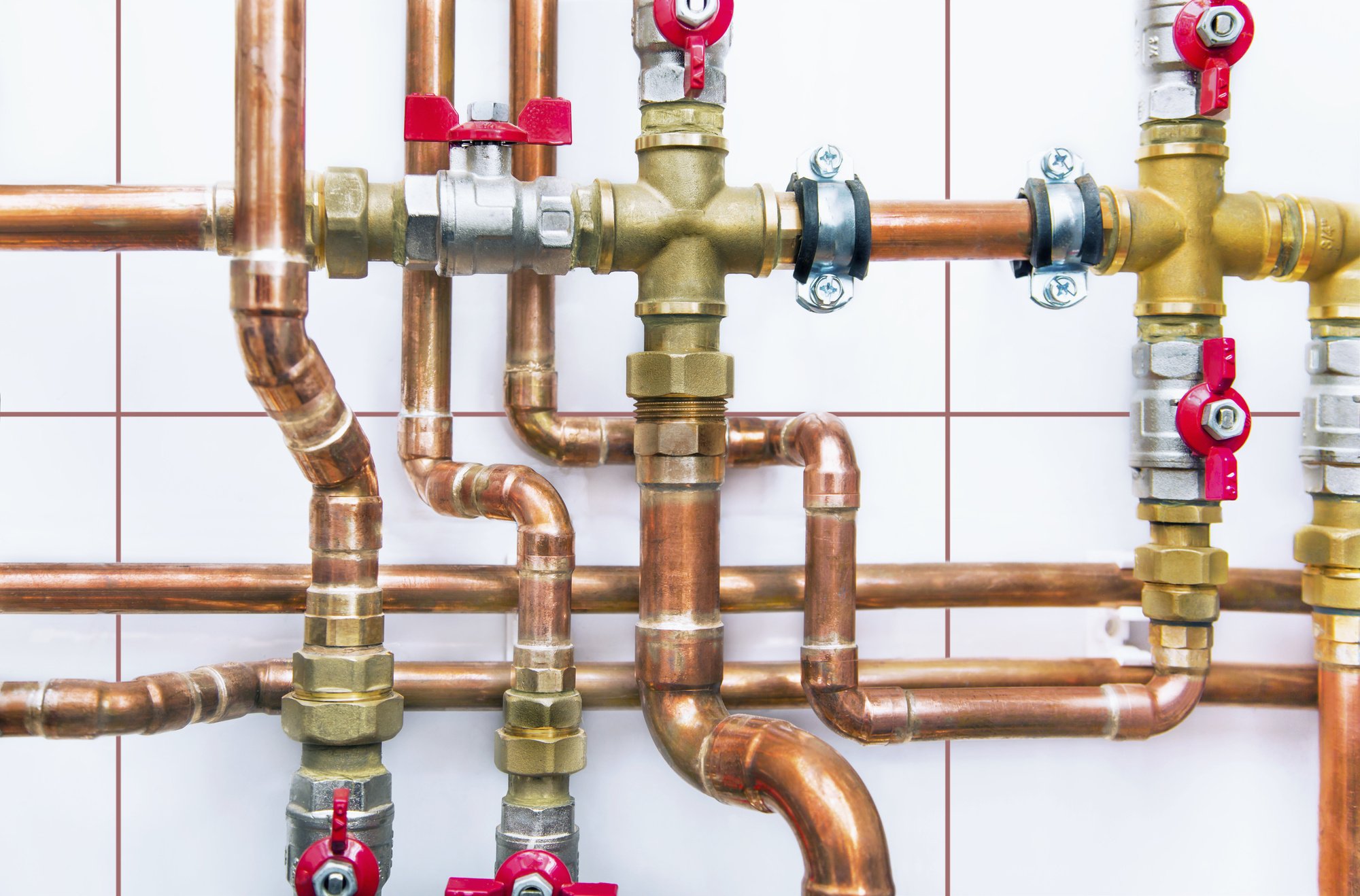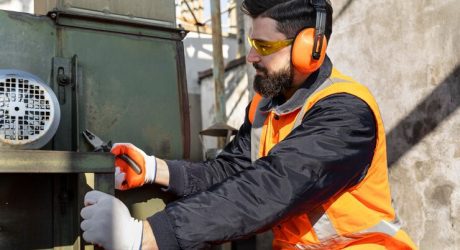Have you ever faced a problem with your water pipe and felt clueless about how to locate it? You are not alone!
Many people encounter this situation. Where the pipe is can be a mystery, especially if it is flexible water pipe hidden in walls or underground.
This article will guide you on 9 ways to find a flexible water pipe easily. This knowledge will come in handy for both major home renovations and minor repairs. Don’t let the hidden pipes puzzle you anymore!
1. Blueprints and Building Plans
One of the first and most reliable ways to locate a flexible water pipe is by referring to the original blueprints or building plans of your home. These important documents serve as a detailed map, guiding you through the layout of your home and revealing the locations of various components, including the water pipes.
If, however, you find yourself without access to the blueprints or find them difficult to comprehend, there’s no need to worry. There are alternative methods available to locate the pipes, which we will discuss in greater detail in the following sections. Rest assured, you’ll have all the necessary information to successfully identify the water pipes within your house.
2. Inspection and Mapping
Another effective way to locate a flexible water pipe is by conducting a thorough inspection of your home. This involves visually examining the areas where you suspect the pipes may be located, such as under sinks, behind walls, or in the basement. To determine if there is a pipe behind a particular area, gently tap the surface and listen for a hollow sound.
Once you’ve identified these areas, it’s recommended to mark them on a piece of paper, creating your very own pipe map. This map will serve as a valuable resource, ensuring that you can easily locate the pipes again in the future if needed. By diligently keeping this map, you’ll have a reliable guide to navigate the intricate network of pipes within your home.
3. Water Meter
Most homes have their meters located near the front of the house, typically in the basement or outside near the street. Locate this meter and trace its path from the source into your home. This tool measures the amount of water you use. It is connected to the main water line of your house, so it can give you a clue about where the pipes are.
To find the pipes, turn off all the water in your house. Then, look at the water meter. If it is still moving, it means there might be a leak in your pipes. Follow the path from the meter to your house to find the main water line.
4. Water Shutoff Valves
Water shutoff valves are typically located near the water meter, main shut off valve, or at various points along the pipes throughout your house. These valves control the water flow to different parts of your house. You can usually find them under sinks, behind toilets, or near your water heater.
By locating these valves, you can get a good idea of where the pipes run in your home. Follow the line from the valve to where it disappears into the wall or floor. That’s where your pipe is!
5. Sonde Transmitter
You should also try locating your water pipesby using a highly efficient and advanced tool known as a sonde transmitter. This specialized device is designed to emit powerful signals that can effortlessly penetrate through various obstacles, including the ground and even walls.
To effectively detect these signals, a receiver is employed. By carefully maneuvering the receiver across your property, you can precisely capture and interpret the signals emitted by the transmitter. This innovative technique greatly aids in pinpointing the exact location of those elusive hidden water pipes, providing you with invaluable information for your plumbing needs.
6. Tracing Water Lines
If you have access to the water lines in your home, either through an exposed basement or crawl space, try tracing them out. Follow the line from where it enters your house to all the different fixtures and appliances that need water. They are usually straight, thick lines that lead to major fixtures like your washing machine, dishwasher, and water heater.
By following these lines, you can get a pretty good idea of how your home’s water system is laid out. Remember to note down the path of these water lines on your pipe map for future reference. It helps to be a detective in your own home sometimes!
7. Professional Inspection
You can also opt for a professional inspection to locate your flexible water pipe. When it comes to finding water pipes, it can often be a challenging and arduous task. In complex cases like this, it is highly recommended to seek the expertise of a professional plumber or inspector. These skilled professionals possess specialized tools and techniques that enable them to detect concealed pipes with precision.
By entrusting the job to them, you can be assured of a swift and secure resolution to your water pipe predicament. So, if you find yourself facing a substantial water pipe issue, do not hesitate to reach out for professional assistance.
8. Thermal Imaging
You should also utilize thermal imaging, a cutting-edge technology capable of detecting heat signatures. When hot water flows through the pipes, they become heated.
By employing a thermal imaging camera, you can easily identify the exact location of the pipes. The camera captures an image and assigns distinct colors to different temperatures. As a result, the hot pipes stand out in contrast to the cold walls, enabling you to effortlessly visualize their precise positions.
9. Electronic Pipe Locator
Finally, you can use an electronic pipe locator to accurately detect the location of your flexible water pipe. This device sends a signal down the pipe and then uses a receiver to follow the signal. This way, you can trace the path of the pipe, even if it is hidden underground or behind walls.
Remember, safety always comes first. So, be careful when you use these methods to find your pipes. It is always good to ask for help if you need it. Happy pipe hunting!
Hunt Down That Flexible Water Pipe
In conclusion, locating hidden water pipes need not be a daunting task. By employing these nine pipe location methods, you can effectively find your flexible water pipes.
Remember, when in doubt, don’t hesitate to seek professional assistance. Happy pipe hunting!
Was this article useful to you? If so, be sure to check out our blog for more helpful content and resources.
Read Also:




























